Classroom Gamification
Is it possible to make school as engaging as a video game?
Modern computer games are designed to be incredibly engaging. Some games even go as far as using 'dark patterns' to keep players hooked. What if we could take inspiration from game design to keep students motivated and focused in the classroom?
That's exactly what I did with ClassMana, a classroom management tool that uses gamification to help teachers keep their students engaged and motivated.
Game designers like me have a whole toolbox of techniques to keep players engaged. So why not explore which of these techniques can be used in the classroom?
After all, school is competing with engaging algorithms from TikTok, games, Netflix, and more.
Player Motivation
Let’s start by understanding what motivates players. This field has been studied extensively, and so we have a pretty good understanding of the different motivations players have.
By tapping into psychological and emotional needs, game designers can make the experience more rewarding and satisfying. The same principles can be applied to the classroom.
🏆 Achievement and Collectibles
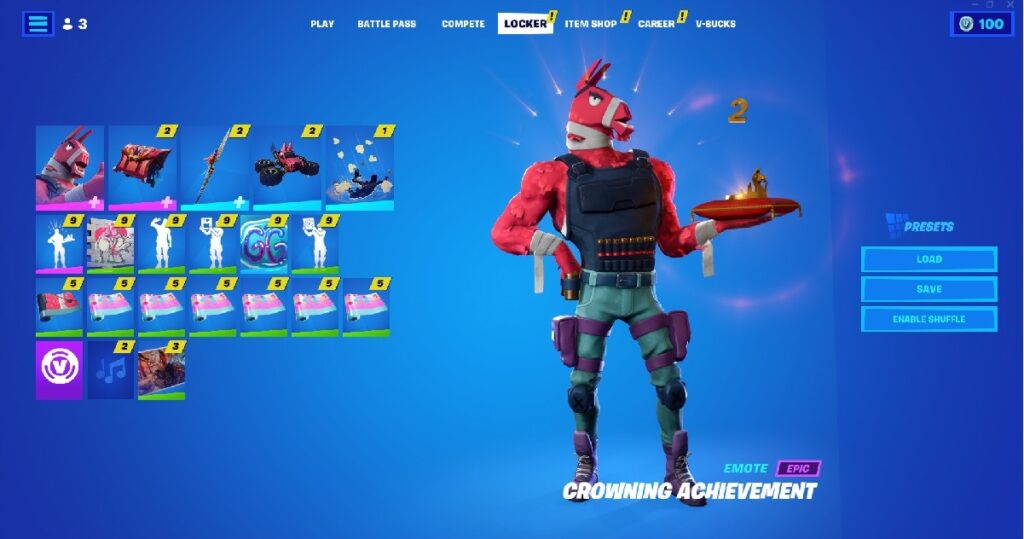
“I want more
Player motivation can be driven by the desire to achieve and collect items.
- Completion: Collect all items, complete all missions
- Power: Powerful character, powerful equipment
Game mechanics like collectibles and achievements give players a strong sense of progress and challenge:
- Collectibles: Rare or exclusive items for those who love to complete sets.
- Achievements: Rewards for completing certain tasks or performing very specific actions.
Some players are determined to complete 100% of what a game has to offer, so including various side quests and unique achievements is a good way to keep them challenged and engaged.
📌 Related pattern: Complete the Collection: The urge to collect all the items, achievements or secrets in a game.
🎓 Progression and Mastery
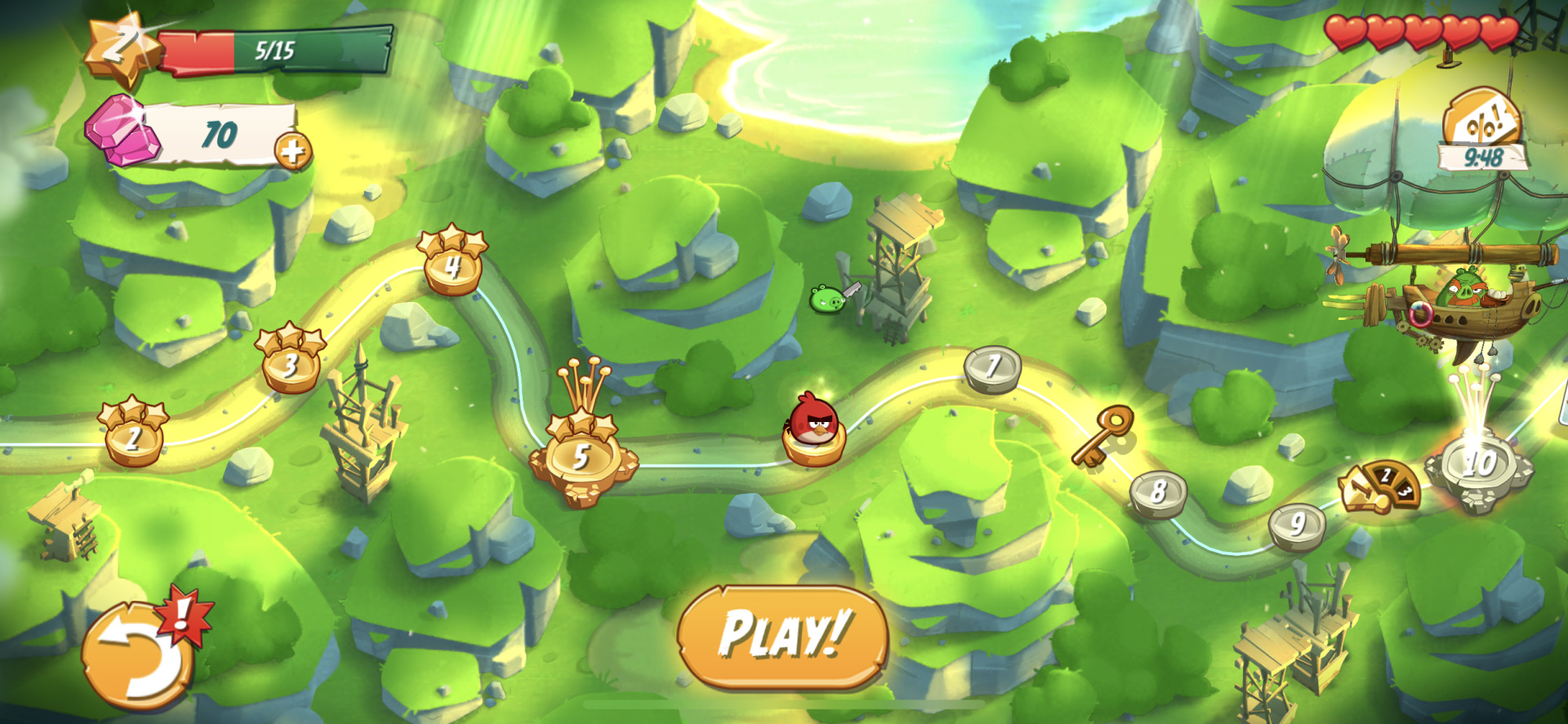
“I'm getting better
Progression and mastery are key elements in keeping players engaged over time.
- Challenge: Practice, high difficulty, challenges
- Strategy: Thinking ahead, making decisions
Games often feature multiple progression systems at the same time, which can include leveling up, getting better equipment, acquiring and perfecting new skills, improving their gathering/crafting skills, and so on. They are great at retaining players, as they create some objectives for players looking to grind while also granting them a sense of accomplishment, which gets stronger the further they progress in the game.
- Levels and Challenges: Gradually increase the difficulty and introduce new challenges.
- Skill Development: Players improve their skills over time, offering a sense of personal growth and achievement.
- Clear Objectives: Clear goals and objectives to give players a sense of direction and purpose.
- Progress bars: A visual representation of progress toward reaching goals or completing tasks.
🎨 Personalization and Customization (Creativity)
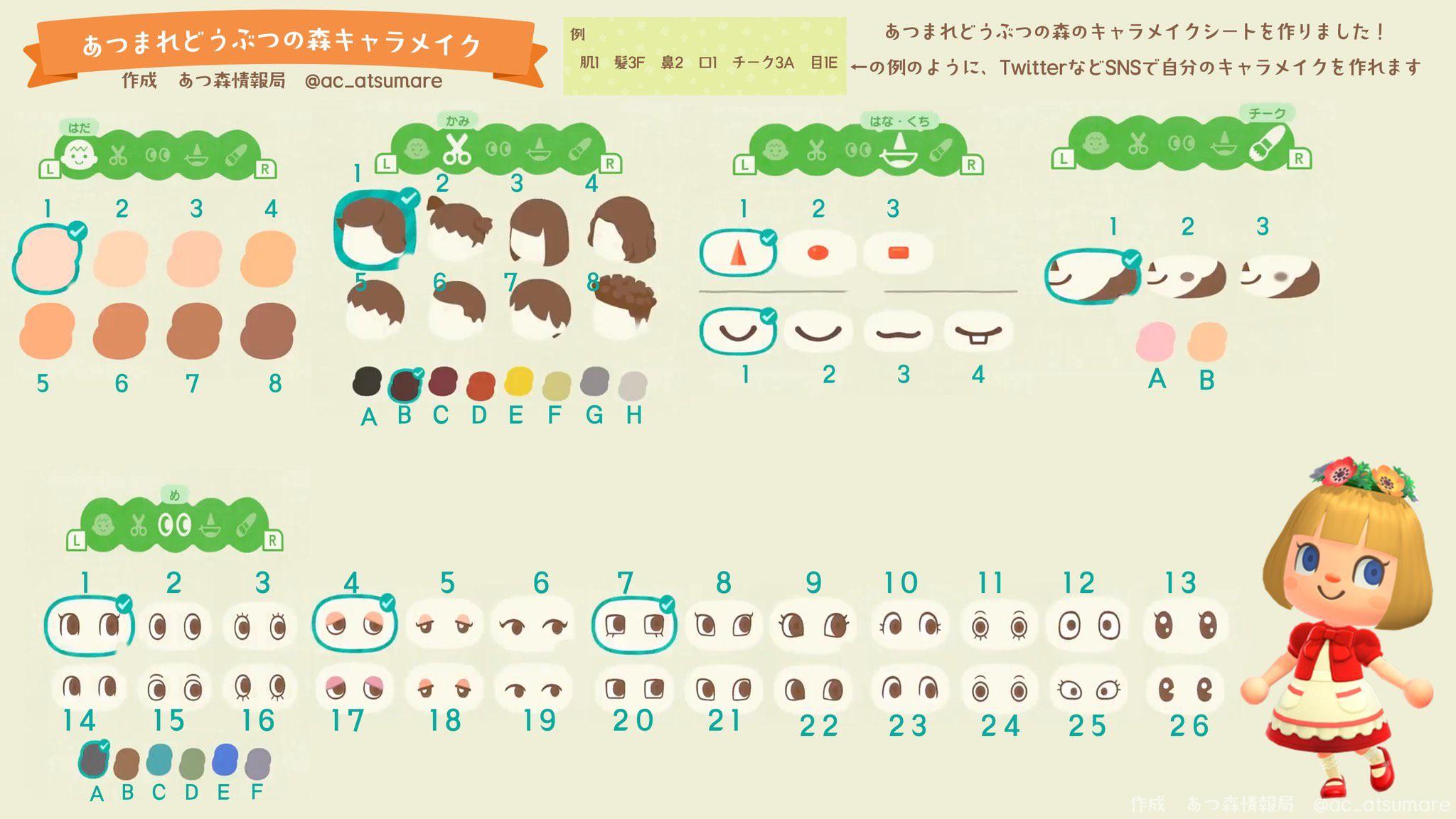
“This is me
Design: Self-expression & customization
Allowing players to personalize their avatars, game environments, and experiences can increase their emotional investment in the game. This personalization makes the game feel more relevant and engaging to the individual player. Customization options enable players to express themselves and feel a deeper connection to the game world.
Creative students especially thrive when they are able to express themselves during the learning process.
Discovery: Explore, experiment & tinker
Allowing players to choose their own goals and letting them roam freely gives them a sense of autonomy. So-called sandbox games, like Minecraft, allow players to explore and create their own experiences, which can be very engaging and rewarding.
🫂 Social Features and Competition
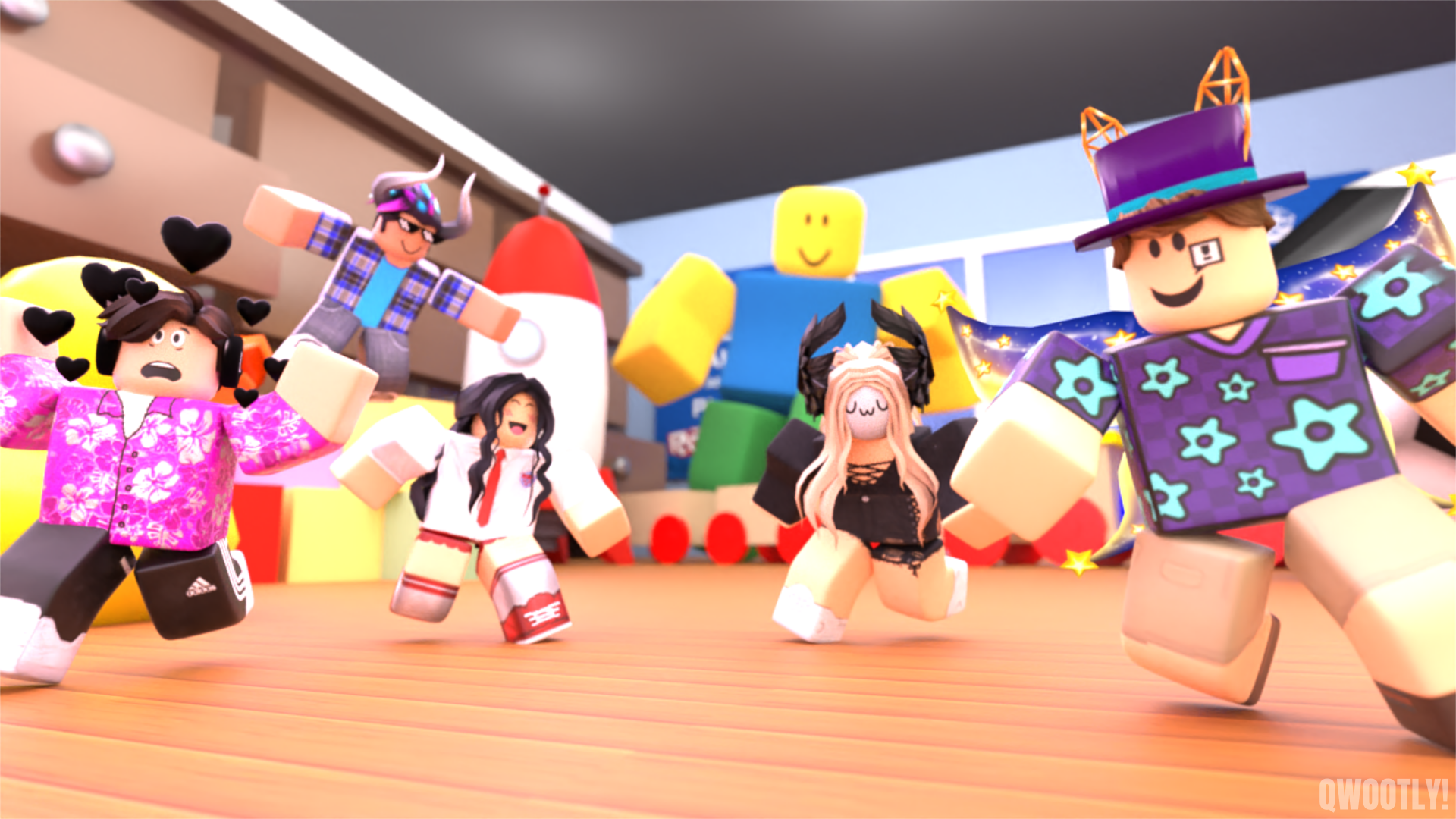
“Let's play together
Social interaction is a powerful motivator for many players.
- Competition: Duels, Matches, Rankings, Leaderboards
- Community: Being on a team, chatting, interacting.
Social features can enhance the gaming experience by fostering a sense of community and belonging. Players often enjoy competing against others, forming teams, and sharing their achievements. These social interactions can lead to increased engagement and motivation to continue playing.
- Multiplayer: Allow players to compete or cooperate with others in real-time.
- Leaderboards: Introduce leaderboards to foster competition and motivate players to improve their rankings.
- Guilds and Clans: Create systems for players to form groups, fostering a sense of community and teamwork.
These systems create a sense of belonging and healthy competition. Perfect for collaborative learning and building relationships.
📖 Emotional Engagement and Storytelling

“Once upon a time
Storytelling is a powerful tool in games, creating emotional connections and immersive experiences.
- Immersion: Be someone else. Explore and discover other worlds
- Story: Elaborate plots with interesting characters
Storytelling adds emotional depth to learning. Effective techniques include:
- Narrative: Strong narrative that unfolds as players progress through the game.
- Character Development: Memorable characters that players can relate to and care about.
- Emotional Triggers: Music, visuals, and in-game events to evoke emotions and enhance the storytelling experience.
- Escapism: Games offer an escape from reality, providing immersive worlds where players can forget real-life stresses and challenges. For many, gaming serves as a refuge for adventure, relaxation, and satisfaction.
💥 Action
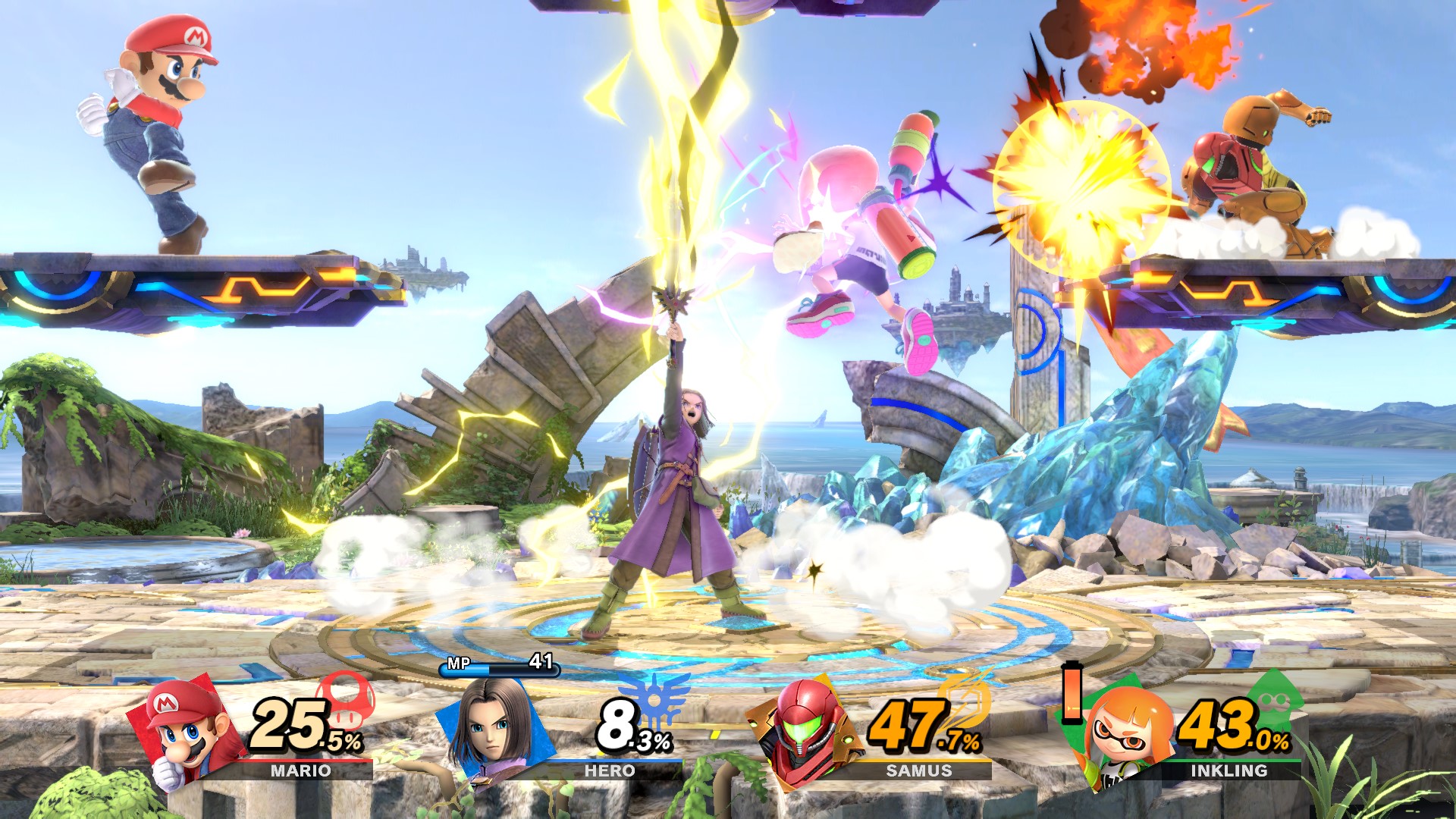
“Boom!
Last but not least we have action. When you think about electronic games, you cannot ignore fast-paced action games.
Players love the thrill of the chase and the adrenaline rush of battle!
And, of course, destroying things—many players are excited about blowing things up, creating chaos, and mayhem. These are things you can't do in real life.
🎯 Engaging Core Loop
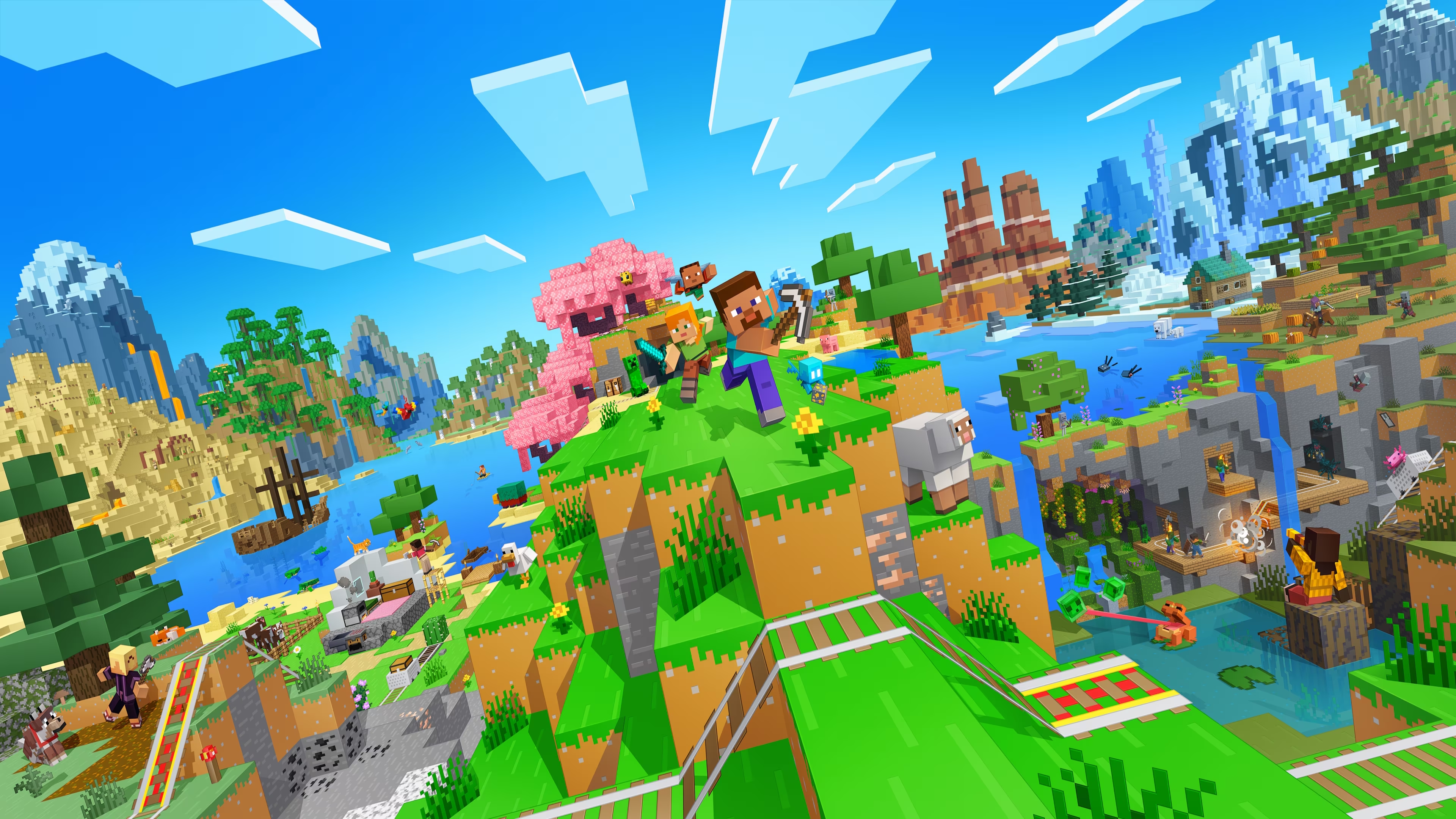
A core loop is the fundamental cycle of actions that players repeat in a game, providing a satisfying rhythm that keeps them engaged. These loops often involve tasks that are simple to complete, leading to immediate rewards and the motivation to start the loop again. A well-designed core loop is essential for creating a compelling game experience.
- Action: The main activity such as collecting resources, battling enemies, or solving puzzles.
- Reward: Immediate reward or feedback for player actions. Instant rewards that are easily attainable provide immediate gratification, keeping players engaged and motivated to continue playing.
- Progression: The long-term goals and progression that keep players motivated to continue the loop.
Reward Systems
A fundamental aspect of human behavior is the brain's reward circuitry. When we participate in activities our brain finds rewarding, it releases dopamine—a neurotransmitter linked to pleasure and reinforcement. Video games are intentionally designed to stimulate this reward system often, giving players frequent feelings of accomplishment and enjoyment.
A reward system should be distributed throughout the game, ensuring players receive regular incentives. This helps maintain their interest and motivation over the long term.
Types of rewards:
- In-Game Currency: Allow players to earn currency that can be spent on upgrades, new items, or other game-enhancing features. Games like "Clash of Clans" and "Candy Crush Saga" use this strategy effectively.
- Unlockable Content: Offer new levels, characters, or abilities as rewards for completing challenges. This gives players goals to strive for and keeps the game interesting.
Dopamine Release
Gaming can trigger substantial dopamine release, creating a feeling of euphoria. This reinforcement encourages players to continue seeking similar experiences. Each win, level up, or new achievement releases dopamine, making players want to keep playing to recapture that pleasure.
The Hook Model
The Hook Model is a four-step framework that helps create habit-forming experiences. It consists of trigger, action, variable reward, and investment. These steps closely mirror many of the gamification techniques described above—such as using triggers to prompt engagement, actions to drive participation, variable rewards to sustain interest, and investment to encourage long-term involvement. By understanding and implementing this model, you can design classroom experiences that leverage the same motivational patterns found in successful games, making students want to return and stay engaged.
⚠️ Dark Patterns: A Warning
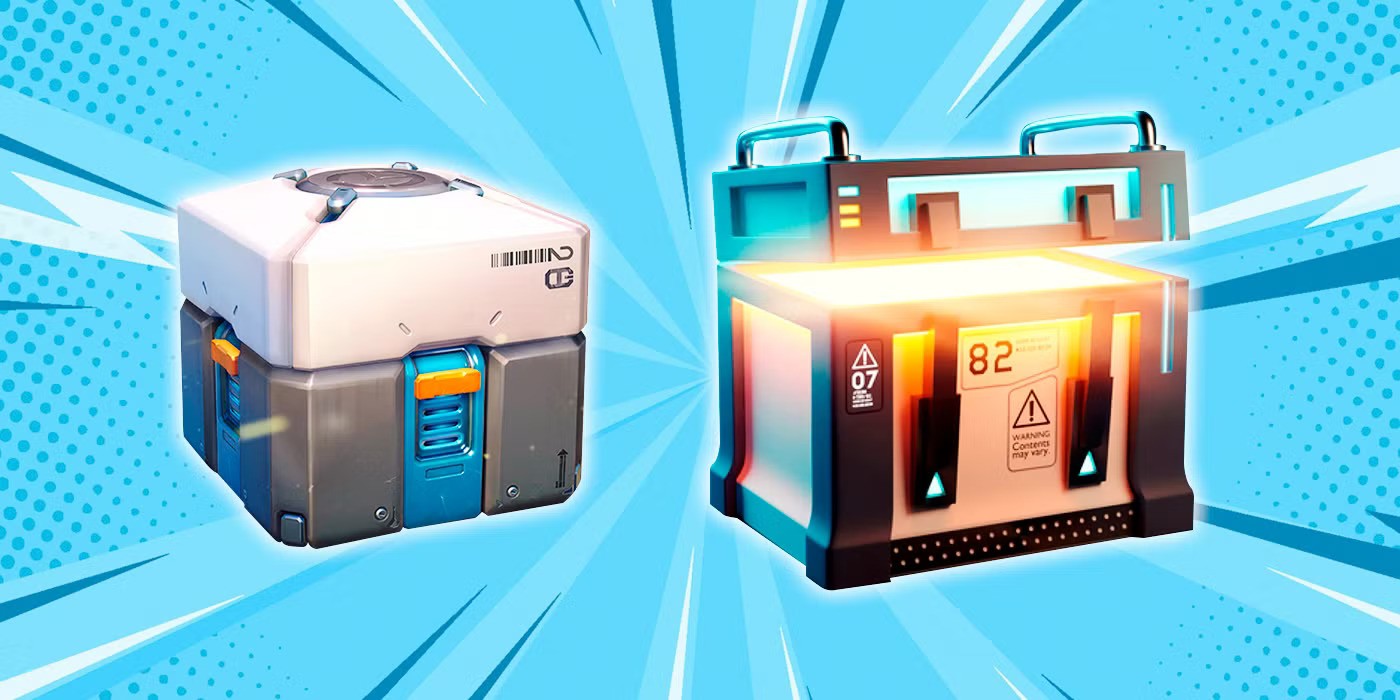
There's a fine line between engagement and exploitation.
Games sometimes use psychological tricks that can lead to unhealthy habits. Be mindful of the following:
- Invested / Endowed Value: Having already spent time and money to improve your status in the game, it's difficult to throw it away.
- Badges / Endowed Progress: Reluctance to abandon a partially completed goal, even one forced upon the player. "Defeat 20 enemies to unlock this achievement"
- Complete the Collection: The urge to collect all the items, achievements or secrets in a game.
- Illusion of Control: The game cheats or hides information to make you think you're better than you actually are.
- Variable Rewards: Unpredictable or random rewards are more addictive than a predictable schedule. This is mostly applied in gambling; in video games, loot boxes are the most common example of such surprises.
- Aesthetic Manipulations: Trick questions or manipulation of emotions and our subconscious desires.
- Optimism and Frequency Biases: Overestimating the frequency of something because we've seen it recently or memorably.
- Daily Rewards: Encourages return visits every day and punishes you for missing a day.
👉
Psychological Dark Patterns
👉
Variable Rewards
Used responsibly, these techniques can support learning, but student well-being should always be prioritized.
📖 Further Reading:
